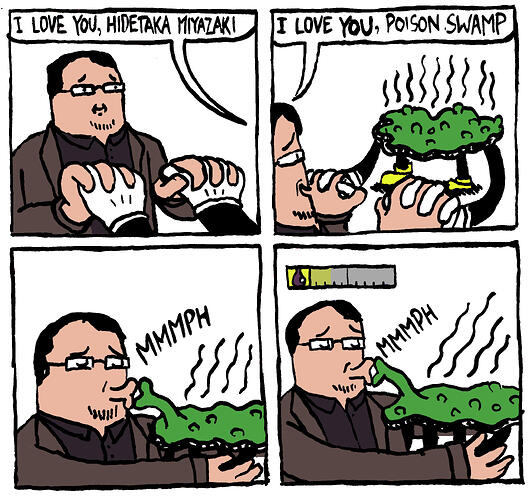Continuing my idea that the bioluminescence organelle will initially be used to protect from high concentrations of oxygen, maybe the great oxygenation even can make some patches into Fromsoftware poison swamps. Just like how a consumable item is always needed to traverse a poison swamp; if you want to live in a patch with high oxygen concentrations, you have to have the proto-bioluminescence cell.
This would make it so the play has to consider longer routes around the world map when traveling through patch maps because they may not want to sacrifice the needed ATP for the proto-bioluminescence cell.
Edit: Since this is bringing up a lot of stuff about the great oxygenation even, should I create a separate topic to discuss the implementation of that.
